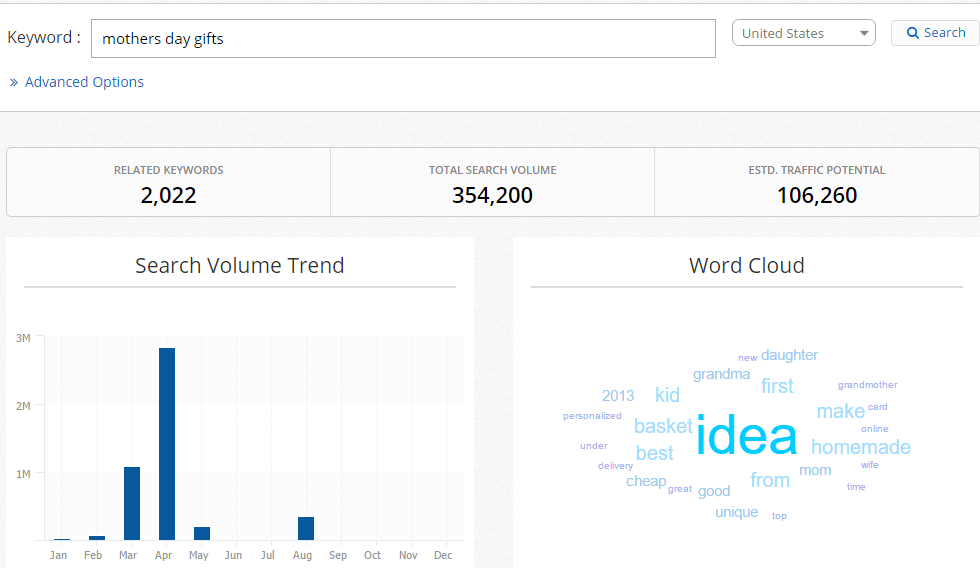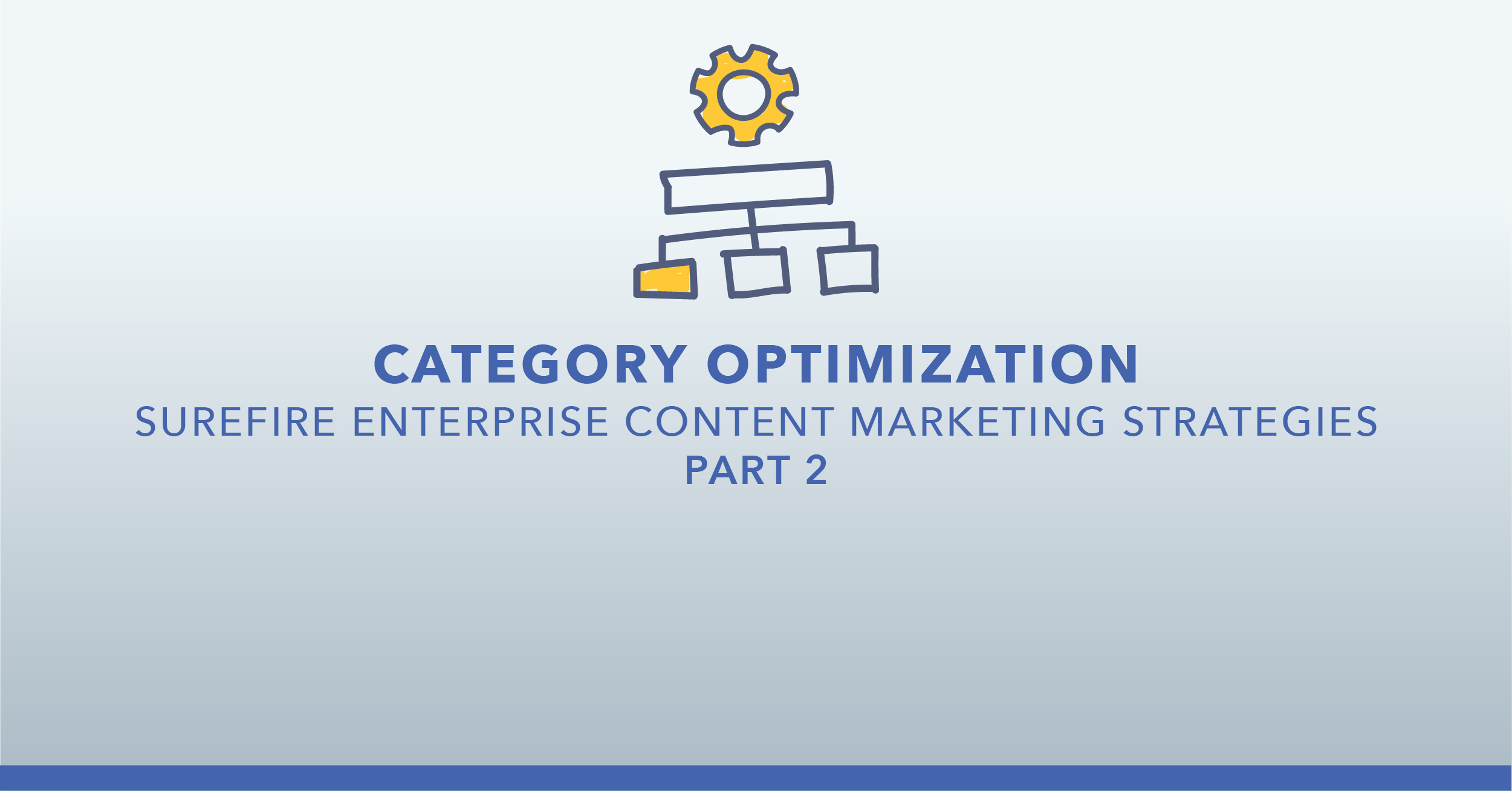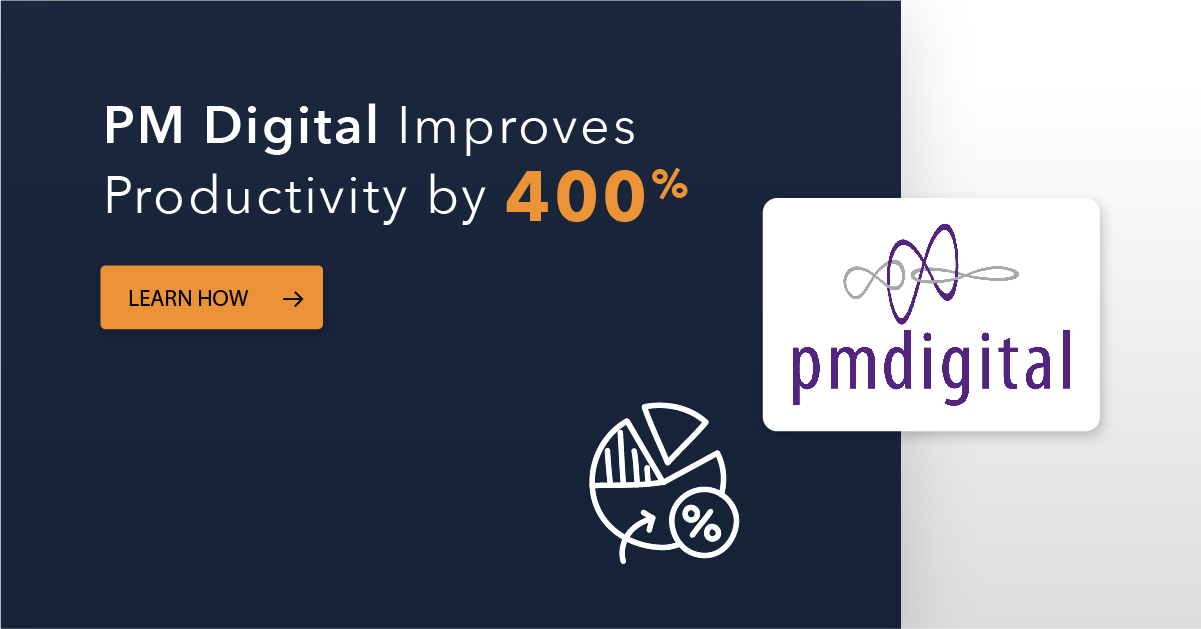Does your current SEO strategy account for seasonality? If not, your digital marketing program has a big problem! Failing to take seasonality fluctuations into account when making SEO projections and allocating spending accordingly exposes your business to unnecessary risk. Worst of all, failing to account for seasonality leaves your company unprepared to capitalize on valuable seasonal selling opportunities.
What is seasonal SEO?
Seasonal SEO is a technique that helps your website gain more visibility during seasonally-specific peak traffic periods. For example, if you’re an online florist, it goes without saying that the weeks leading up to Valentine’s Day are going to be huge, followed by Mother’s Day.
But do you know when other peak periods occur throughout the year or how early people start searching for seasonally-related purchases? If you run a local clothing boutique, you know that the demand for certain clothes will also fluctuate with the seasons. Search terms like “holiday cocktail dress” or “NYE party dress” will be popular in November and December, while “best dress for wedding guests” or “summer party dress” will be more popular in May, June, and July. But do you know which terms are most popular when?
Every industry has peak seasons that fluctuate throughout the year. By identifying these seasonal trends, you’ll be able to optimize your SEO strategy around them, giving your business an edge over the competition.
When do I need to start planning for seasonal SEO?
Don’t wait until the last minute to put your seasonal SEO strategy together. SEO campaigns take time to develop and implement. You won’t get results overnight. Consequently, you should start planning seasonal SEO campaigns, at least, three to four months in advance.
Planning includes:
- Determining which targeted products or services you’ll want to highlight in search results;
- Whether you’ll be offering a special seasonal promotion;
- Which keywords perform best around this product, service or promotional offer; and
- Developing keyword rich landing pages and optimized content specifically for these seasonally selected keywords.
The first step is to look back at last couple of years of analytics data to identify seasonality trends and see when traffic spikes the most. However, when planning for seasonal SEO, you need to be prepared for some inconsistencies that occur over time. For instance, if you are engaged in SEO you may notice that you may rank for additional terms with different seasonal peaks. Also, the addition of different product/service categories to the site can affect overall seasonality trends too.

These are one of the very reasons why it’s smart to use seoClarity - an enterprise SEO platform to track ranking over time and estimate traffic flow. Knowing which keywords you were ranking best for can help you understand which keywords you need to analyze for seasonality.
Also, seoClarity’s new “Search Volume” interface takes a headache out of seasonal SEO planning by decreasing the amount of time you need to spend on analysis and streamlining the keyword research process. The new interface instantly displays search volume trends over the last 12 months, making it easy to identify seasonal trends and keyword patterns as well as prioritize the best opportunities.

Simply type in a keyword or key phrase and see the seasonality trends for your search term as well as for closely related matches. For a deeper understanding of the long-tail keyword’s seasonality, use the column filter functionality in the table. Based on these findings, you can build a seasonally-targeted content calendar using the lists functionality feature that includes estimated traffic metrics for your new content.
Finally, thanks to seoClarity’s high-level reporting, you can track your day-to-day performance during the peak season and adjust your strategy accordingly to maximize traffic while minimizing cost.
Bottom line:
Every business is subject to seasonal fluctuations. By identifying when these fluctuations occur and how they influence search traffic patterns, you'll be better positioned to maximize ROI through a smart seasonal SEO strategy.






1 Comment
Click here to read/write comments